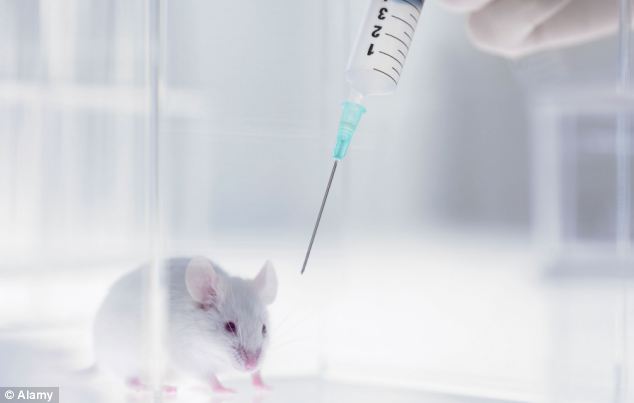Subscription and open access journals from SAGE Publishing, the world's leading independent academic publisher.

journals.sagepub.com
"
The amount of Nutella® given to the animals may vary. The amount should be chosen so that it is large enough to hold the analgesic, and appear attractive to the subjects, but small enough not to cause unintended significant diet changes in the animals. The Nutella is composed of sugar, vegetable oil, hazelnuts, cocoa, skim milk powder, soy lecithin and vanillin. The caloric content is 22.27 kJ/g; protein content is 6.9%, carbohydrate content 56.6% (mostly sugar), fat content 31%, and dietary fibre content 3.4%. We have found approximately 2 g Nutella®/kg body weight (BW) for rats and approximately 5 mg Nutella®/kg BW for mice appropriate.
When preparing the buprenorphine–Nutella® mixture, preparing a batch that can be used for several animals is recommended, since mixing small amounts of the mixture may be difficult. The possible degradation of buprenorphine in the nut paste has not been investigated, but in our experience, the batch can be kept in a refrigerator at 4°C for up to a week. Buprenorphine in tablet form should be used (sublingual tablets 0.2 or 0.4 mg). A tablet is crushed to a fine powder, and thoroughly mixed in the nut paste to a suitable concentration of buprenorphine–Nutella® mix, depending on the dose of buprenorphine to be administered. The somewhat bitter taste of buprenorphine did not affect the willingness to ingest the mixture of neither rats nor mice, when offered in concentrations of 0.2–0.4 mg/g.
4–
6,
8,
9,
11
The dose of buprenorphine administered may vary depending on the overall analgesic strategy. The dose we have validated in rats is 0.4 mg/kg BW, administered once (1 h preoperatively). This dose is sufficient for treatment of moderate pain conditions
4–
6,
12. The mix should be provided according to the following equation:
where A is the amount of mix to be provided in grams, calculated from the analgesic dose in mg/kg BW (B), the weight of the animal in kg (C), and the concentration of the buprenorphine–nut paste mix in mg/g (D).
For example, in treating a 250 g rat with 0.4 mg/kg BW buprenorphine (in 0.2 mg/g nut paste), the rat should be provided with 0.4 × 0.25/0.2 = 0.5 g of the buprenorphine–Nutella® mixture.
A recent study of mice indicates that approximately 1.0 mg/kg BW buprenorphine is suitable
8. Thus, treating a 25 g mouse with 1.0 mg/kg BW calls for 1.0 × 0.025/0.2 = 125 mg of the buprenorphine–nut paste mixture.
Healthy animals readily ingest the mixture immediately or within minutes, once habituated, and administering the analgesia preoperatively is convenient. Postoperatively, we have found t
hat mice ingest the mix after catheterization
8 and middle cerebral occlusion (preliminary data), and rats after catheterization
4–
6,
13,
14 and induction of global cerebral ischaemia
7. These conditions are considered to produce mild to moderate pain. How readily the animals will ingest the mixture after more invasive surgical procedures remains to be investigated. Furthermore, the duration and depth of anaesthesia, the skills of the surgeon, and the overall perioperative care of the animals are factors that affect postoperative recovery
15, and thus the willingness of the animals to ingest the mixture after regaining consciousness.
Treatment with buprenorphine, similar to other opioid analgesia, is often associated with adverse effects, such as reduced appetite, changes in activity, and pica behaviour
16. However, reduced appetite and changed activity are often due to overdosing the animals
16, and adjustment of doses for different animals and experimental situations may be necessary. Pica behavior has not been observed in any of our experiments.






